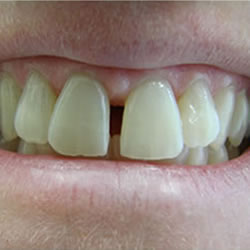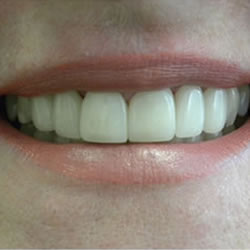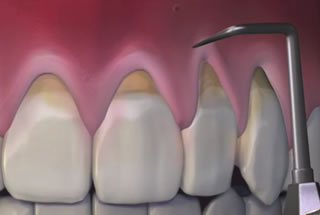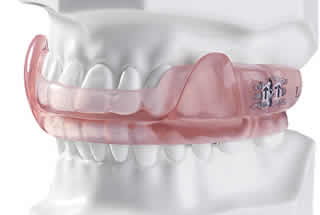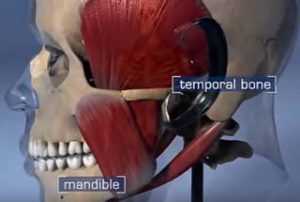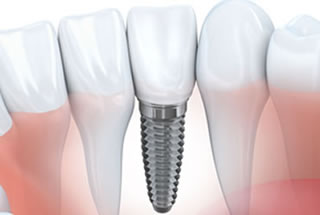Depending on the degree of gum disease you have been diagnosed with, treatment can vary extensively. It can range from having a regular teeth cleaning and paying more attention to dental hygiene, to complex and often painful surgery. If you’ve been told you have a problem with your gums, seek treatment immediately.
Your dentist will perform a gum exam to decide the best treatment plan. This includes measuring the gum pockets around your teeth, noting inflammation, and checking gum recession. If gum pockets are extensive, it may mean you have bone loss. In that case, your dentist might refer you to a gum specialist called a periodontist.
Gingivitis is the earliest stage of gum disease. All that may be required is a thorough professional cleaning, better oral hygiene, consistent checkups, and allowing time for gums to heal. If gum problems have advanced, a deeper professional cleaning called scaling and root planning may be needed. Medications might be prescribed to treat infection. If the areas don’t respond to these treatments, gum surgery can be performed to remove diseased tissue, save the remaining gums and bone, and allow a better environment for good future oral health.
Receding gums sometimes are not severe enough for any treatment, but cosmetic concerns may warrant a gum graft procedure. It involves surgically removing tissue from another area of the mouth and grafting it onto the receded area. Another issue might be a gum abscess, which requires deep cleaning to remove diseased tissue and any pus that is present. Antibiotics will likely be needed for the infection. Once the abscess is cleared, further treatment may be needed to avoid a recurrence.
As you can see, there are a variety of possible treatments depending upon the severity of your gum problems. Of course the best solution is to avoid gum issues in the first place by maintaining good oral hygiene and regular dental checkups.
We look forward to seeing you in our Toronto dental office


 E-Mail Us
E-Mail Us  416-595-5490
416-595-5490